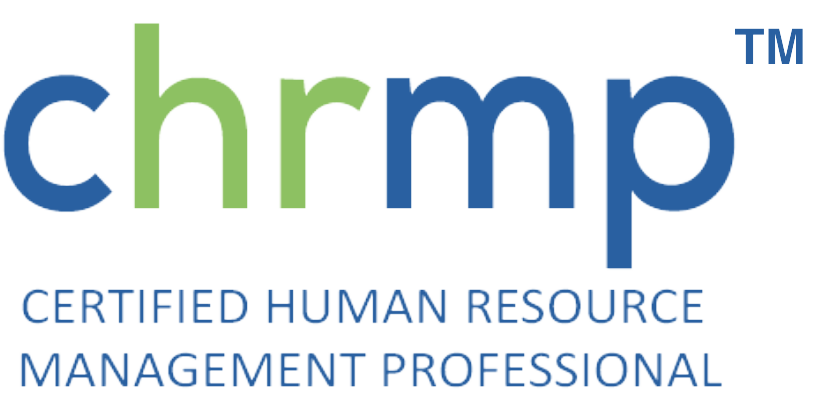Preparing for a presentation is crucial for delivering an effective and impactful presentation. It not only helps the presenter to organize their thoughts and content, but also to engage the audience and leave a lasting impression.
Preparation allows the presenter to structure their thoughts and ideas into a clear and concise format, making it easier for the audience to follow along. It ensures that the presentation flows logically, with a clear beginning, middle, and end.
Confidence is a key benefit of preparation. By practicing and rehearsing the presentation, the presenter becomes familiar with the material, reducing anxiety and nerves during the actual presentation. This boosts confidence in their content and delivery.
A well-prepared presentation keeps the audience engaged and interested. Effective visuals, interactive activities, and relatable anecdotes create an interactive and memorable experience for the audience, enhancing their understanding and retention of the information.
Time management is another essential aspect of preparation. By planning how much time to allocate to each section, the presenter can cover all the key points within the allotted time, ensuring a smooth and well-paced presentation.
Preparation demonstrates professionalism and a commitment to delivering quality content. It enhances the presenter’s credibility and reputation, particularly in professional or academic settings.
Preparing for a presentation is critical for delivering an effective and impactful presentation. It helps the presenter organize their thoughts, build confidence, engage the audience, manage time effectively, and demonstrate professionalism. By investing time and effort in preparation, the presenter increases their chances of delivering a successful presentation that achieves its intended goals.
Managing stage fright is essential for effective presentation delivery. Many great presenters acknowledge that experiencing nerves before speaking in public is common. Embracing that fear and using it to enhance performance can lead to powerful presentations.
Well-known public speakers like Brene Brown and Tony Robbins emphasize the importance of channeling nerves and using them to one’s advantage. Feeling nervous can generate energy and fuel compelling performances.
Public speaking fear is prevalent, often resulting in physical symptoms such as increased heart rate, sweating, dry mouth, and erratic breathing. These reactions stem from the fight-or-flight instinct triggered by perceiving the audience as a potential threat due to fear of judgment or resistance.
While the fear of public speaking can be overwhelming, harnessing a moderate amount of fear can actually improve performance. Managing and controlling fear is key.
Various techniques can help manage stage fright before a presentation. Quieting self-critical thoughts and focusing on calming activities, such as taking a short walk outside or listening to soothing music, can alleviate anxiety and create a more composed state of mind.

Responses